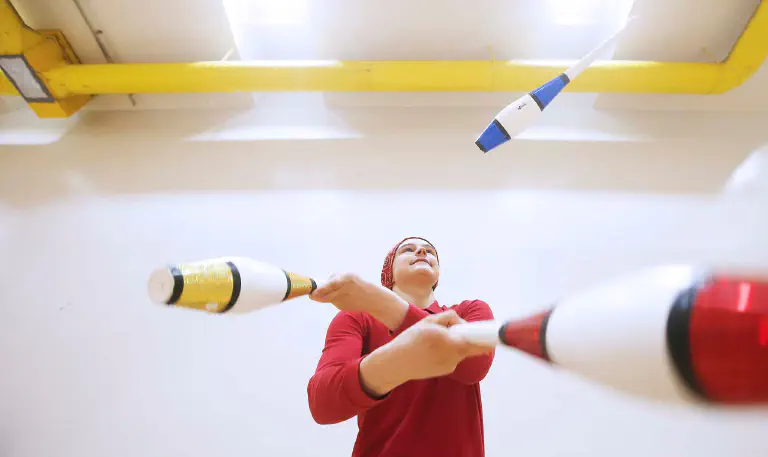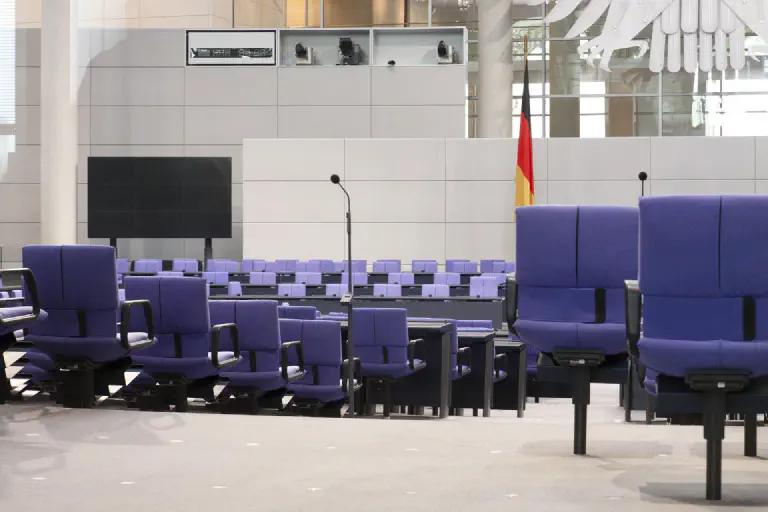The Internet of things (IOT) is a reference to computerization in devices and machines we use in everyday life. Smart homes and the smart appliances in them are examples of things that are more and more frequently connected to the Internet and programmable with computers. Online appliances transmit sensory information upstream to computer processors that make decisions, like adjusting the heat, turning on or off a hot water tank, switching up power sources, or charging electronic devices, like cars. Online computerized things create a two way process between information collection and analysis and controlled action. This process is consistent across sectors and the IOT innovations in them. Mckinsey Global Institute has categorized some distinct types of IOT applications and we comment on some of them here.
Tracking applications
Tracking applications send sensory data upstream where it can be analysed and fed into the decision making processes. For example, traffic data returned through camera and road sensors can feed information into signalling algorithms so traffic flows can be managed in real-time. The same sources can inform emergency crews where stoppages are more likely to occur so they can be minimized.
Tracking applications are already being applied, in a wide variety of cases. There is now farming equipment that collects weather information and automates irrigation processes. In Japan, there are now marketing models that enable real time pricing and product offerings, for example, some billboards with camera sensors try to match their observers characteristics with opportune advertisements. Crime reduction, health care, civil engineering, exploration, self-maintaining machinery, production processes, inventory tracking, international trade, all these IOT categories and more are set to realize efficiency gains from the tracking aspect of IOT.
Analytics
New tracking and sensory IOT products need to be met with increased analytical demand. Upstream sensory information needs to be run through the data pipeline so that big data can become smart data, where predicting variables reflect minimal omitted variable bias, and are themselves correlated as weakly as possible. More data will need to be maintained, translated, and prepared. More effective analytics will be run on the data to ultimately better inform real-time and forward looking decisions. The coupling of information feedback with analytics creates an opportunity for business growth that will lead to economic growth, and hopefully greater prosperity for all global citizens.
Decision Making
Data analytics enable decision making. In the IOT market, analysis leads to better long-term business decisions, like those that include investment, design strategies, and business models; but, IOT analytics are known also for short-run decisions, sometimes as short as instantaneous. For example, automated vehicles collect and process information to make instantaneous decisions. Manufacturing process optimization also follows the pattern of information collection, analysis to make fast decisions. In forestry and mining processes, for example, real-time temperature and pressure changes can demand changes in mixtures of chemical applications. And then there is energy consumption. Home and office management systems, municipal and regional large scale energy projects, products with energy demand, all rely more and more on data driven automated decision making processes.
The advent of the Internet of things is going to change the way we live our lives, in fact it already is. The kinds of interactions we have with things are changing, as are the costs of those interactions. An indirect result of the IOT revolution will be found in the large demand for analytical services. IOT start-ups will benefit greatly from stand-alone analytical entities with the capacity to manage parts of their analytical load.













